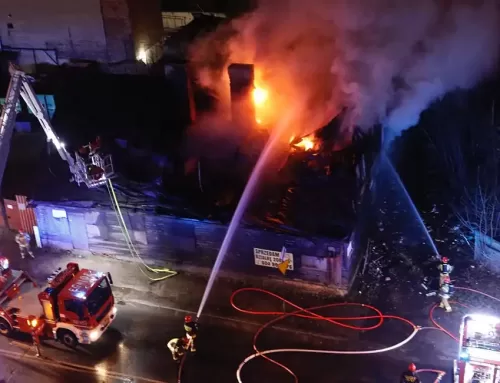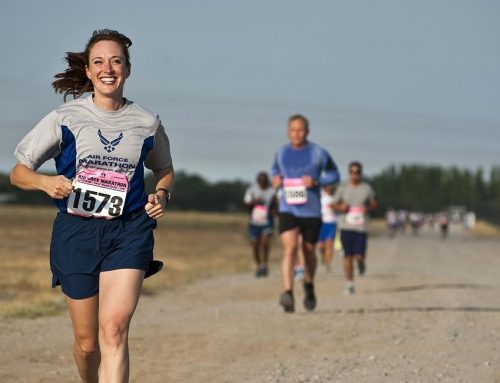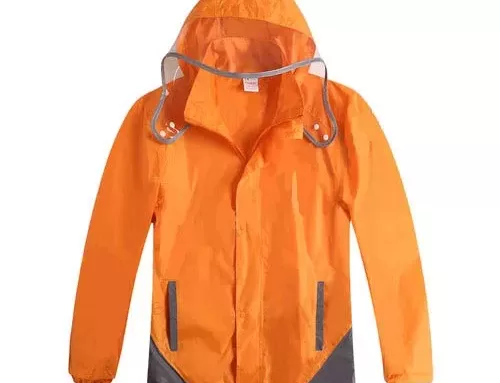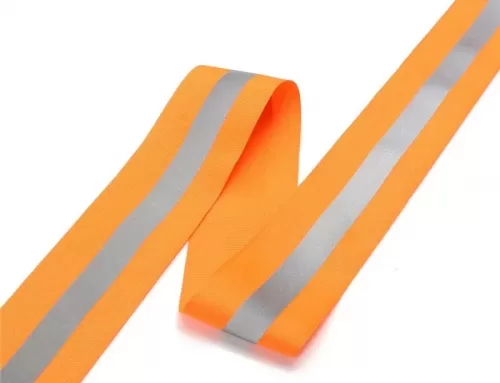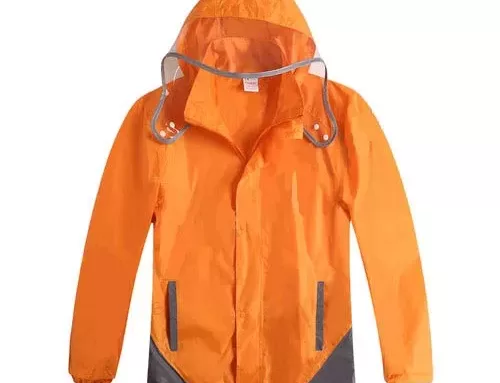Why You Need a Safety Vest
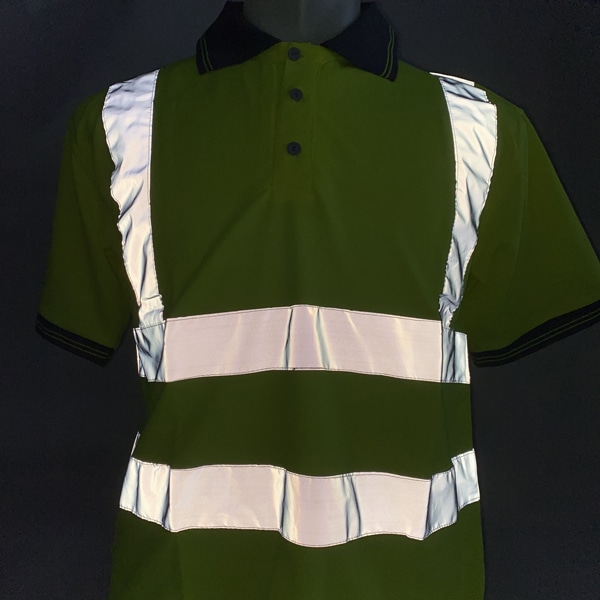
If you’ve ever worked in the construction or transportation industry, you’ve probably wondered why you need a safety vest. After all, accidents caused by people not seeing each other can be dangerous and even deadly. A safety vest will help reduce these risks because it’s bright and noticeable. Here are some reasons why a safety vest is so important for your safety. And, of course, it will save you money too. But why exactly should you wear a safety vest?
Class 2 safety vests
If you’re a construction worker or landscaper, you’ll probably want to buy a Class 2 safety vest. These vests are made of bright material and contain several square inches of reflective tape. Typically, they are worn for situations where visibility is important, such as when working near heavy machinery. They’re also important to have for a variety of reasons, including increased comfort, visibility, and ample pockets for holding tools and other items.
While buying a Class 2 safety vest, be sure to consider a few different features. First, check the ANSI class 2 certification. You can find this information on the label of the vest. Besides being able to identify the workers, you’ll also want to check whether the vest has reflective parts. In addition to that, look for a vest with two to four pockets. These pockets are for accessories and should be the right size. You may also want a vest with wicking properties, since it’ll be worn for long hours.
In addition to visibility, it’s essential for workers to be highly visible. That’s especially important near work zones with heavy machinery. Safety vests can help warn equipment operators and drivers of the presence of a worker in a work zone. By having extra visibility, they can slow down the operation of their equipment. And because they’re reflective, workers are much more likely to be seen than they’d be without these vests.
ANSI Type P (public safety) Safety Vests are designed for emergency personnel and law enforcement personnel. They’re available in a variety of styles, colors, and brands, and are designed to improve visibility in roadway environments. Some are breathable, while others have built-in access points. You can also find these vests in orange or lime yellow. These vests are available in a wide range of colors, so choose the color that best matches the uniform you’re wearing.
Whether you’re a construction worker or a warehouse manager, a Class 2 safety vest is crucial for the safety of your warehouse workers. Wearing a vest will help you avoid fines and ensure your team remains visible. If your workers need to wear a Class 2 safety vest, it’s important to know what the rules are for your workplace and which class you should buy. In addition to the color and size of the vest, you should also pay attention to the type of materials the vest is made of. If you don’t choose the right material for your workplace, you could end up with a vest that falls off or is snagged on other equipment.
Safety vests are part of a comprehensive safety plan. You should also choose safety vests that meet the minimum requirements. They should be free of stains and damage. If the vest is too tight or too large, it will make it uncomfortable and can be a distraction and a hazard if it catches on something. Always remember to replace damaged or worn safety vests. The correct Class 2 safety vest will be the most visible when working on a site in a busy traffic zone.
Class 3 safety vests
A Class 3 safety vest has several important functions. They are a great choice for work near a road where traffic speeds are low. They can be worn over regular clothing and do not add bulk. Besides, class 3 safety vests are lightweight and can be easily stored in a work vehicle. You may be wondering whether or not class 3 safety vests are needed. This article will explain why. Let’s get started!
ANSI Type R Class 3 High Visibility Safety Vests are designed with more pockets than standard safety vests. Some even come with a clear ID holder. Some vests have internal pockets, as well. They also have a zipper closure and are comfortable to wear over a t-shirt. A hi-vis vest is durable enough to cover your fall protection gear. It is also made with reflective strips to maximize visibility.
Using bright-colored safety gear is important for several reasons. First, it makes it easier to spot road workers. While many people are aware of road workers, not all workers are – which can lead to a tragic accident. As a result, tens of thousands of work zone accidents occur every year. Hundreds of workers are injured and even killed. Despite bright-colored safety gear, many road workers aren’t noticed until it’s too late.
The most important factor to consider when selecting a safety vest is the size and thickness of the reflective striping. ANSI Type R Class 3 safety vests must have a minimum of 310 square inches of retroreflective material on the backside and 540 square inches of retroreflective material on one side. If you are not sure about the color of your Class 3 safety vest, you can always use one that matches the work environment. However, if your workplace is in a light-green or yellow environment, the bright color will be hard to miss, and the safety vest won’t stick out as much. For a sand environment, you can wear safety orange or yellow. It will help you stay visible when you’re working outside.
As you can see, wearing a Class 3 safety vest is extremely important. It’s a great idea to use one if you’re working around a road. The materials are highly visible and can be paired with other colors to create a custom look. For example, if you’re working at nighttime, you should wear a retroreflective vest. The light will reflect off the reflective material, making it more visible from far away.
Class 1 safety vests
Class 1 safety jacket is designed for low-risk conditions, such as when the worker is working within a designated area with low traffic. Other classes include workers on highways where visibility is important. These workers might be sidewalk and roadside maintenance employees, parking service attendants, and delivery men and women. They must be made of high-visibility materials that reflect light. A class 1 safety jacket is yellow or orange in color, and it must include 155 square inches of reflective tape on the back of the vest. The reflective stripes must extend to the shoulders and be visible from above.
Safety vests with reflective tape are essential for employees who are exposed to a high-risk environment. They should be bright orange or yellow-green to stand out from the background. These vests should also have reflective tape on the arms and legs. If you work in a wooded environment, you should wear an orange or yellow-green vest. An ANSI class 2 vest should be worn when there are more significant hazards to visibility, such as inclement weather, heavy machinery, or traffic speeds 25 mph or more. Generally, class 2 vests are used by toll booth operators, airport baggage handlers, and construction workers.
When wearing a Class 2 safety jacket, you must wear a reflective vest that is bright enough to make a person visible. Class 2 vests are required by law for workers who work in locations with low visibility, or where traffic flow exceeds 25 mph. These types of workers include airport and high-volume parking operators, crossing guards, and highway construction workers. As far as reflective material goes, you need at least 201 square inches of reflective tape across the back of the jacket. This is a comparatively large amount of reflective material.
The American National Standards Institute (ANSI) developed the American National Standard For High-Visibility Safety Apparel. OSHA is the federal agency responsible for overseeing safety conditions in workplaces across the U.S. ANSI 207 was published after the 23 CFR 634 was finalized. The American National Standards Institute also has regulations on the type of safety gear required in certain professions. The ANSI 107 standard requires at least 217 square inches of fluorescent material on a vest’s backside.
